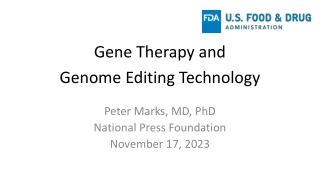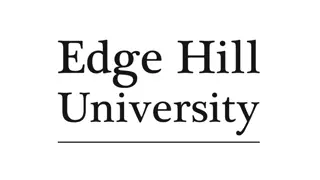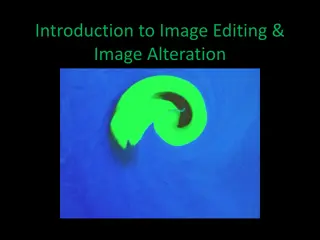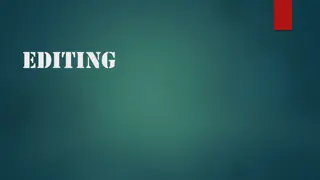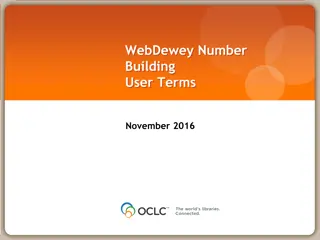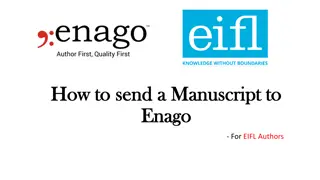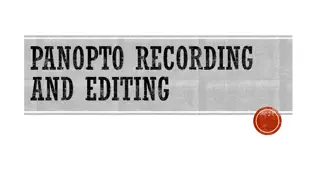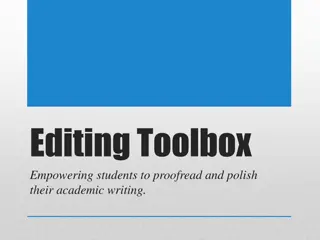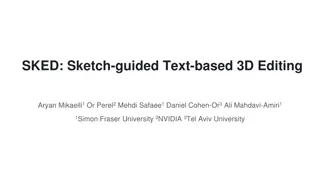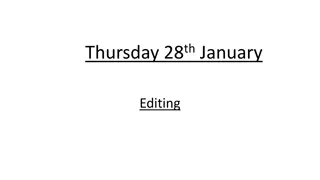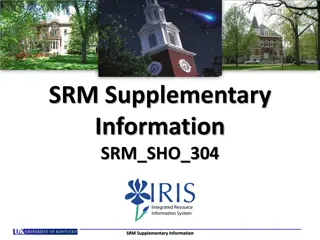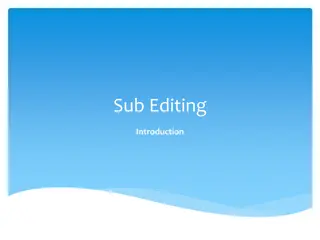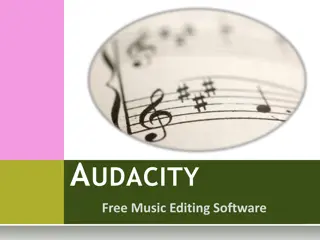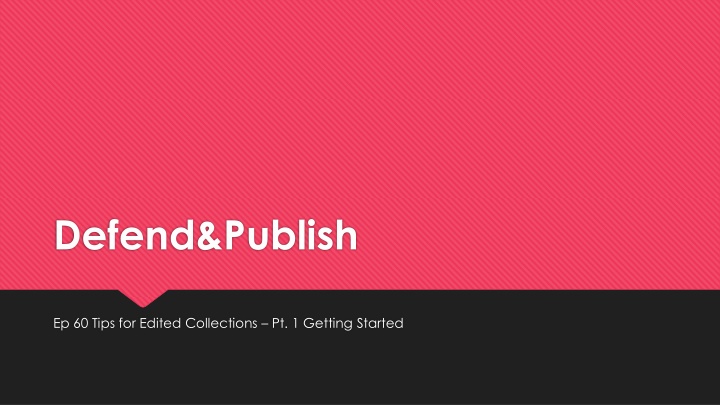
Effective Strategies for Curating Edited Collections
Discover practical tips for successfully managing and curating edited collections. Learn how to develop a clear call, solicit proposals, set submission guidelines, design a workflow, and more. Boost your project planning skills and create a compelling anthology that resonates with your audience.
Download Presentation

Please find below an Image/Link to download the presentation.
The content on the website is provided AS IS for your information and personal use only. It may not be sold, licensed, or shared on other websites without obtaining consent from the author. If you encounter any issues during the download, it is possible that the publisher has removed the file from their server.
You are allowed to download the files provided on this website for personal or commercial use, subject to the condition that they are used lawfully. All files are the property of their respective owners.
The content on the website is provided AS IS for your information and personal use only. It may not be sold, licensed, or shared on other websites without obtaining consent from the author.
E N D
Presentation Transcript
Defend&Publish Ep 60 Tips for Edited Collections Pt. 1 Getting Started
1. Develop a clear call and distribute appopriately What is the purpose of your edited collection? What is the working title for this project? Where do you plan to submit it (press, series, backups)? What must go in the call that will meet the needs of this audience? How do you think your collection will be used and by who? What is the timeline for entire project (proposal review, first drafts due, etc.)? Whrere can this call be circulated? Can authors be invited?
2. Get a proposal first Ask for 150-250 word chapter proposals to review who might fit in the collection and where Organize proposals into yes, no, maybe and brainstorm sections or working table of contents
3. Develop clear submission guidelines for those accepted and communicate next steps What documentation style? Length of chapters? Single or double spaced, font, and size? Other style guidance? Rules for figures, tables, and images? Deadlines and how to submit?
4. Design a workflow Where are first drafts stored, second drafts, etc.? (Google Docs? Asana?) Where are notes stored for all chapters? How are emails with contributors tracked? How is email communication with contirbutors systematized?
5. Break project into parts Foreword and Afterword invite someone? Design table of contents based on chapters submitted and note holes (invite additional authors?) Organize chapters into sections Decide on focus for introductory chapter and concluding chapter Determine if other editorial material is needed (section introductions, etc.) Select focus for supplimentary material (teaching unit, website, etc.)

